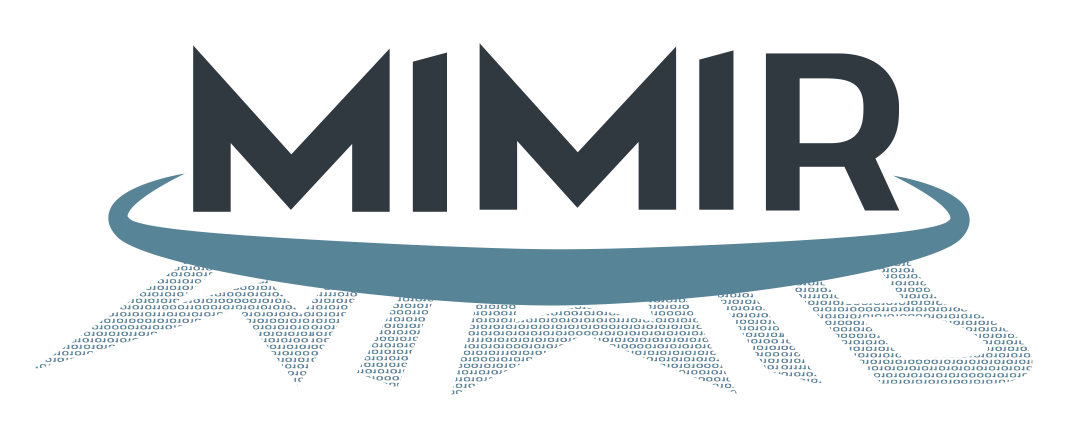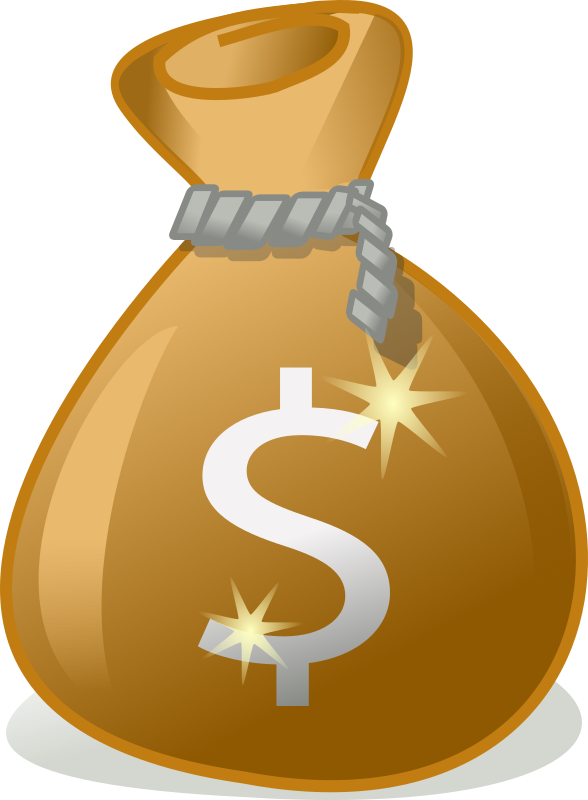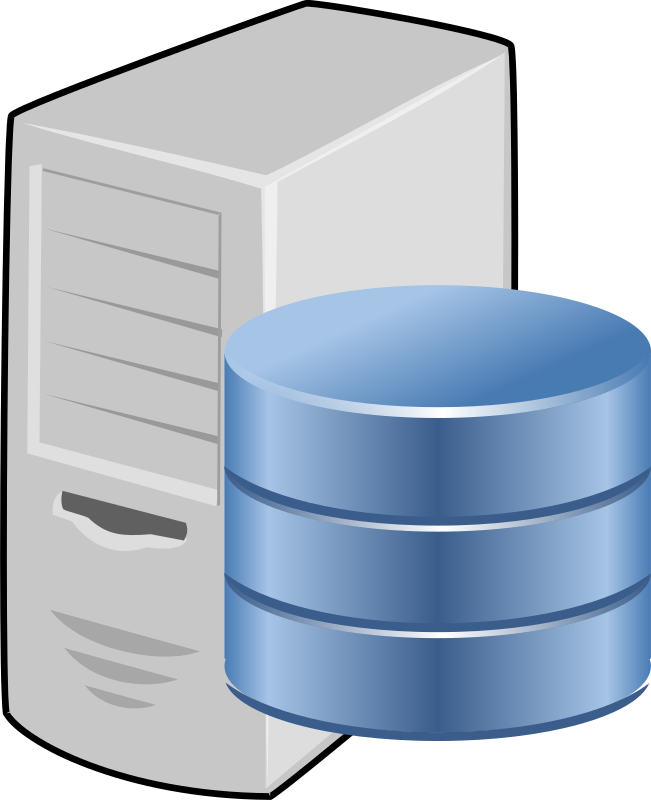Don't Wrangle, Guess Instead
with

| Students | |||||
|---|---|---|---|---|---|

Poonam |

Will |

Aaron |

Shivang |

Lisa |

Olivia |
| Alumni | ||
|---|---|---|

Ying |

Niccolò |

Arindam |
| Dev |
|---|

Mike |
| External Collaborators | |||
|---|---|---|---|
|
Dieter Gawlick (Oracle) |
Zhen Hua Liu (Oracle) |
Ronny Fehling (Airbus) |
Beda Hammerschmidt (Oracle) |
|
Boris Glavic (IIT) |
Juliana Freire (NYU) |
Wolfgang Gatterbauer (NEU) |
Heiko Mueller (NYU) |
Remi Rampin (NYU) |
A Big Data Fairy Tale
Meet Alice

Alice has a Store
 →
→
Alice's store collects sales data

Alice wants to use her sales data to run a promotion

So Alice loads up her sales data in her trusty database/hadoop/spark/etc... server.
 + ?
+ ?
... asks her question ...
 + ? →
+ ? →

... and basks in the limitless possibilities of big data.
Why is this a fairy tale?

It's never this easy...
CSV Import
Run a SELECT on a raw CSV File
- File may not have column headers
- CSV does not provide "types"
- Lines may be missing fields
- Fields may be mistyped (typo, missing comma)
- Comment text can be inlined into the file
State of the art: External Table Defn + "Manually" edit CSV
Merge Two Datasets
UNION two data sources
- Schema matching
- Deduplication
- Format alignment (GIS coordinates, $ vs €)
- Precision alignment (State vs County)
State of the art: Manually map schema
JSON Shredding
Run a SELECT on JSON or a Doc Store
- Separating fields and record sets:
(e.g.,{ A: "Bob", B: "Alice" }) - Missing fields (Records with no 'address')
- Type alignment (Records with 'address' as an array)
- Schema matching$^2$
State of the art: DataGuide, Wrangler, etc...
Data Cleaning is Hard!
State of the Art

Alice spends weeks cleaning her data before using it.
The database is in the way
Why?
In the name of Codd,
thou shalt not give the user a wrong answer.
... but what if we did?
What would it take for that to be ok?
Industry says...
My phone is guessing, but is letting me know that it did

Good Explanations, Alternatives, and Feedback Vectors
Communication
- What data is uncertain?
- Why is my data uncertain?
- How bad is it?
- What can I do about it?
What if a database did the same?
(they can)
On representing incomplete information in a relational data base
T. Imielinski & W. Lipski Jr.(VLDB 1981)
Incomplete and Probabilistic Databases
have existed since the 1980s
We've gotten good at query processing on uncertain data.
But not at "sourcing" uncertain data
... or communicating results.
Challenges
- Where do Probabilities/Possible Worlds Come From?
- How do I use the output of a probablistic DB query?
- Probablistic DB queries are sloooooow.
A small shift in how we think about PDBs addresses all three points.
It's not the data that's uncertain,
it's the interpretation
| Time | Sensor Reading | Temp Around Sensor |
|---|---|---|
| 1 | 31.6 | Roughly 31.6˚C |
| 2 | -999 | Around 30˚C? |
| 4 | 28.1 | Roughly 28.1˚C? |
| 3 | 32.2 | Roughly 32.2˚C |
The reading is deterministic
... but what we care about is what the reading measures
Insight: Treat data as 100% deterministic.
Instead, queries propose alternative interpretations.
Effects
- It's clear where uncertainty comes from.
- Results can be communicated through provenance.
- Query evaluation is decoupled from physical layout.
Non-Deterministic Queries
Uncertainty as Provenance
Introduce Best-Guess queries and the idea of explanations. Key points:
- Best-guess queries
- Generating explanations
- Ranking explanations

Demo
Virtualized Uncertainty
Optimizing sampling-based query evaluation